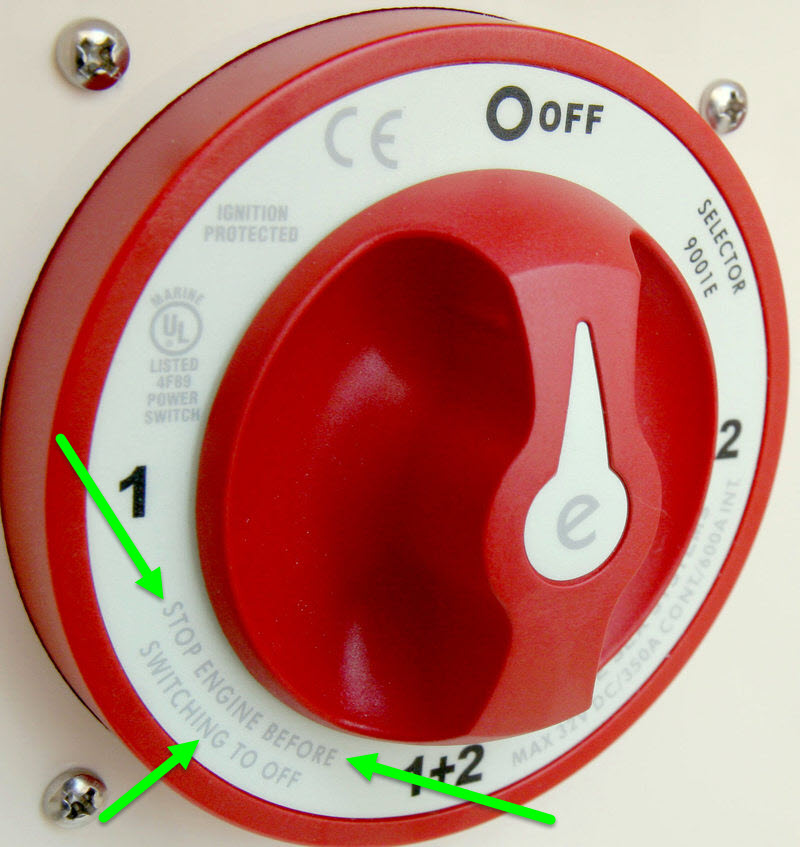So, I have a quite simple electrical set up with minimal electrical needs- I do mostly day sailing with occasional weekends or weeklong cruises. I have no refrigeration, but I do have a chart plotter and other common electronic navigational devices. I have two Group 31 deep cycle flooded batteries. I was doing some winter cleaning on the boat in the battery compartment and noticed that my batteries were linked together positive to positive and negative to negative. Disclaimer they have always been set up like that since I have owned the boat and never questioned the raision d'etre until now. I looked in past forums and don't see any batteries wired this way except to increase the total amp hours. Is there any reason I need to have it set up this way in my simple system ? Thanks in advance for your thoughts
Attachments
-
8.3 KB Views: 257


